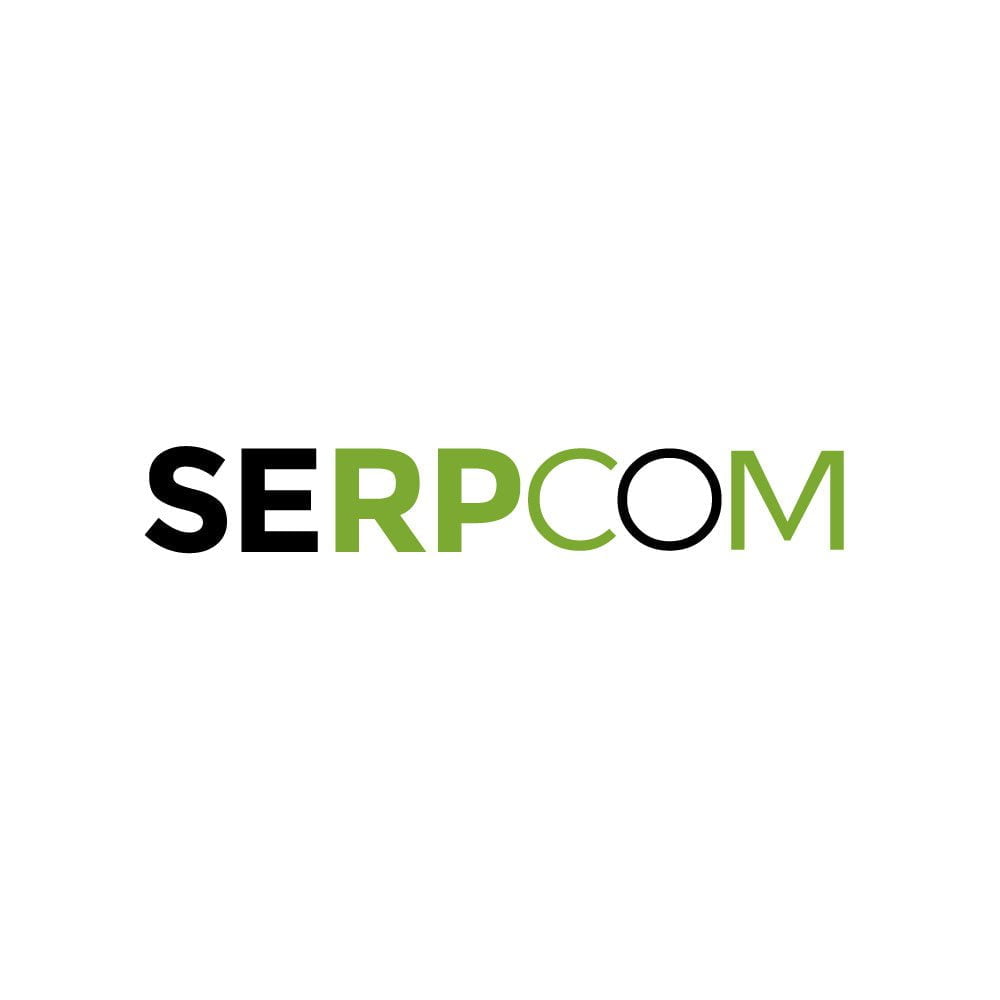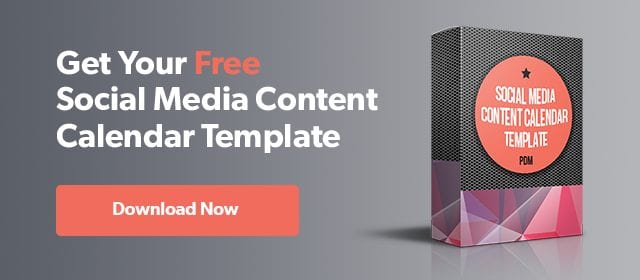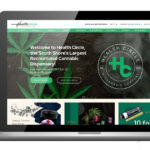What Has Changed and What’s to Come
Over the years, it has been our job and pleasure to strategize how to market brands on social media, accrue engaged followings organically, combat algorithm updates, and learn new features and new platforms almost daily. A lot has changed in the past year and a new perspective on the user journey has taken form.
Here is a review of the trends, insights, and observations that occurred in 2019.
Trend 1 | User Engagement
Users no longer engage how they used to during the infancy of social media. At an incremental rate, many users, whether they thoroughly enjoy the content or not, are not taking trackable actions (likes, comments, shares) on social posts. Over the years, the average engagement rate across all industries has continued to decrease. As reported by Rival IQ, the average Facebook engagement rate dropped from 0.16% to 0.09% from 2018 to 2019. Similarly, on Instagram, the average was 1.73% in 2018 and updated to 1.60% in 2019. There are several factors that have attributed to this change.
Content Overload & Increased Competition
Competition continues to grow on social media, while the fact remains that users can only consume so much content in a day. Consider that 7 million businesses use paid advertising on Facebook and 2 million businesses use paid advertising on Instagram. You can then imagine the impressive amount of businesses that utilize an organic social media presence. For reference, there are over 25 million businesses on Instagram alone.
With paid content taking priority in NewsFeeds, organic reach has been decreasing since 2014. Organic content has a much smaller window of opportunity and time to gain traction amongst an audience already fatigued by brand advertisements. With an influx of branded content, users have grown numb to engaging and now take different routes to do so, which will be discussed shortly.
Instagram No Longer Shows Like
In an effort to protect the user, Instagram has and will continue to roll out its new update that hides the total likes on a post. This has altered the user journey by further distancing the user from the idea of liking a post in order to “belong” or due to the post’s popularity. Although this does not entirely represent how all users have reacted to this update, this must be considered for the users that do apply.
For influencer marketing, we see this new update as a win from an authenticity perspective. Influencers who are producing unique, relatable and engaging content will still remain at the front of the pack. Moreover, influencers themselves can continue to see their engagement metrics and, with proper tracking, we’ll maintain visibility into the effectiveness of each influencer campaign’s performance.
Trend 2 | Followership
Due to the vast amount of brands on social media, it is infeasible for a user to follow all of the brands they use, love, or have interest in.
Follows are powerful. A large number of followers can help consumers trust your brand over competitors and provide credibility to the quality of your product. In fact, according to Market Force, 78% of consumers say they are influenced by the posts of the brands they follow on social media. However, when it comes to the full picture of the impact of your social channels, your followers are just one piece.
As it relates to brands, most users now use social media as a pivotal part of the consideration and/or discovery process. Even during this consideration stage, they may not follow the brand. On the off chance that a social user does decide to follow a brand, keeping the consumer long term may prove even more difficult. For one-time purchase, high ticket items, users may commonly follow until they convert to keep the “wishful” purchase front of mind (similar to Pinterest with future planning).
It can be as fleeting as seeing an ad, navigating to the social profile for a scan of credibility/legitimacy, and a continuation in their purchasing journey through the ad. In contrast, it can be as prolonged as discovering a brand, saving an organic social post of the product of interest, buying said products months later by going directly to the site, and not saving the post, which required no follow at all and most likely no way of tracking the direct value of organic social. A user can hear of a brand, look it up on social, screenshot a product for later, and carry on their way. All of these paths give very little trackable visibility to the brand in how that user decided to make the purchase – but, social was a part of the decision making process. The importance and impact go far beyond follower growth. The possibilities are endless and the follower count is no longer a viable measurement to encompass success in its entirety.
Trend 3 | Tracking, Visibility & Attribution
Unlike other digital marketing channels, organic social does not have clear 1-to-1 tracking in place that properly showcases its true/potential value.
Consider the example mentioned above of saving a social post as a reminder to purchase a product months later. Assume the user resurfaces the post on mobile and by way of typing your direct website online via desktop, purchases your product and then un-saves the post. Organic social will most likely not get an assisted conversion for that transaction nor will we ever have the visibility to know the potential value of each save a post receives.
The value of your organic social content can also lose clarity when users take your posts offline.
Users love sharing enjoyable content. Frequently, users will screenshot social posts to text and share with friends. Moreover, users frequently share content within private group messages where positive feedback, likes, and comments are unobservable to the brand. Nonetheless, valuable brand awareness has been spread through organic social media. These, again, are just a few examples out of the many.
Another sometimes overlooked value organic social provides is community management.
Social media, now more than ever, is an outlet for users to voice their opinions and concerns. Customer service inquiries and issues may very well surface in your Facebook and Instagram inbox. Proper communication can not only defuse the situation but reignite customer loyalty. Moreover, positive interactions between a brand and an individual on social media, although not directly traceable, can lead to a purchase. In fact, “71% of consumers would purchase a brand after a positive, connected social interaction” (Sprout Social Index, Q2 2017).
New Priorities in 2020
Build Authentic Relationships with Your Followers
Authentic has always been a social buzz word, but this means more than growing a “real” audience and posting authentic content. Building true authentic relationships on social takes time and focus, just like building relationships in real life, but the impact can last months (if not years) unlike the 3-day value window of a post. Instead of measuring engagements or reach per post, we will be placing the utmost importance on ROR, Return on Relationship. Authenticity and relationship building will be the center focus for brands on organic social media. The feedback we are looking for is no longer a Like, but a meaningful connection with a customer.
How to focus on Return on Relationship:
The idea of relationship-building is not new to social media but it is new to marketing. Relationship building is why social media exists… yet brands tend to forget that and focus on social only as a promotional platform. The days of bright colors, screaming text, and ad repetition alone to convert consumers are gone. Today’s consumers are able to digest a magnitude of promotional content and see through an inauthentic ad without question. Brands now need to focus on genuine relationship-building to encourage word of mouth brand referrals. Consumers are 4 times more likely to buy when referred by a friend and 92% of consumers trust referrals from people they know (Neilson).
There are many ways to increase your relationship-building strategies on social media – we have shared a few examples below:
- Facebook offers a great customer management tool within the “inbox”. You can actually look up any follower by name to see all page interactions back to the day they followed you. For example: You get a 5-star review from a customer named “Sara Smith” who said they love using your product on their pet. You then search “Sara Smith” in the inbox tool and see that 3 years ago Sara commented on a post with a photo of her dog (golden retriever) and included her dog’s name (Rocky) . As a brand, you can respond to Sara’s recent review with a message like, “Thank you for this wonderful review! We are so happy to hear that Rocky is still having success with our products. P.S. Golden retrievers are one of our favorite breeds!” Sara will be amazed that a brand invested in her relationship and will become a raving fan who is more likely to engage and refer to your brand.
- Utilizing “Close Friends” on Instagram is a unique approach for brands to make their top consumers feel special, and it can also increase overall page engagements. Your “Close Friends” can be treated as a rewards program – you can publicize this to your following to incentivize engagements. For example: You post to your feed and story that your top 20 Instagram engagers will be added to your brand’s “Close Friends” group each month to receive special discounts, giveaways, and promotions. This will encourage your current followers to engage more to earn their spot!
As Key Metrics Decline, There is One to Focus On
Next, let’s place attention on profile visits. Because the user journey is difficult – if not impossible – to follow, let’s remember the visibility and source of credibility the organic social profiles offer during the buyer’s journey. Picture your brand’s social profile next to your competitors. As a new user, who would you choose based solely on the feed’s content?
Focusing on profile visits can help give you more visibility into the impact of your social channels. If you see a spike in direct or organic search, check to see if that spike correlated with your social profile visits. If a consumer is using social as a part of their research process, they will often check your social channels without giving any trackable interaction (i.e. a like or follow) and then will travel to your website organically via Google or direct to complete their purchase. Understanding your month over month rate of growth for profile visits will give you a better picture of the importance of your social media channels as opposed to just monitoring follower growth or engagements.
Now, let’s say you still care about growing a social following to a specific threshold and beyond. We’re not saying it’s impossible. We’re just saying it’s not as easy as it used to be. Brands are no longer able to organically conduct growth tactics like consumer outreach (i.e. follow/unfollow for brand introduction or mass individual outreach via direct messages and engagements). In order to grow at a positive rate, your organic social media can not live and thrive on its own. It needs help to drive awareness – remember, it’s organic. Support it with a full-funnel marketing strategy that brings a sufficient amount of traffic to its page in order to grow and combat natural unfollows. Think paid social advertising or influencer marketing.
Explore New Platforms
Try Less Competitive Platforms
For many brands, Pinterest remains unfamiliar, which means your brand has a lot of potential to grow and take up valuable market share on a platform known for the planning of future purchases. Since Pinterest operates as a search engine rather than a social media platform, you can quickly grow your brand’s Pinterest impressions without growing a following first. By optimizing your pins and their descriptions with keyword-based search intent, your organic Pins can show up in the search result for users already interested in what you have to offer. It’s unlike Facebook and Instagram, as it is not time-bound, but search based. Meaning, when you create quality content on Pinterest, it doesn’t provide value for a few days, but potentially years to come. Pinterest is also a great platform to better track and monetizes your social content. While the conversion path is slow on this platform because it is used for future planning, that path is typically clear when using GA or reviewing top performing pins. It is a wise investment to jump on a rapidly growing visual search engine.
Then there are less traditional “social” platforms like Spotify and Unsplash that can be great additions to your social strategy and great brand awareness plays. Spotify is a great way to provide value to your audience and stay in front of the mind. It also shows that you live the same lifestyle and have the same “taste” as your consumers (think back to return on relationship!). While there is a limited linking opportunity on Spotify, it is a fun way to set you above your competitors. Unsplash, on the other hand, does not provide much value on the platform but it’s the secondary use of your photos that can drive value. Unsplash is a popular, high quality, free stock photography site. By adding your high-quality branded photos (must show your logo), you can monitor the usage of your photos. For example: You post 2 photos to Unsplash and notice you have received a few hundred downloads. You then can do a reverse Google Image search to see where your images have been used. If you get lucky, your branded image will be used on a high authority site, like Forbes, which will help build your brand credibility and drive brand awareness at no cost to you!
Always be on the lookout for new up and coming platforms – it’s easiest to grow a following and show credibility if you start early in the launch of the platform. Not every platform takes off, but taking the risk to launch your brand on a new platform like Hobbi can set you far ahead of your competitors. Just think about TikTok – right when we thought the Vine world was dead due to IGTV, TikTok went viral. Today, TikTok is the fastest growing social platform which only proves our point…when new platforms launch, take the risk and activate a social strategy there!
Recap Wrap Up
The value of organic social media plays within the user journey is not as simple as it once was. The user journey takes on many forms, no one quite the same as the other. As many brands see engagement or follower growth decrease, we must remember the many invisible values and purposes the organic social presence bears. Users may not take physical action on a post despite sentiment being positive or transactional opportunity high. As the trends change, so must our focus.
Authors: Marissa Heckman and Zellie Friedman
Resources:
- https://sproutsocial.com/why-sprout/
- https://blog.hootsuite.com/social-media-statistics-for-social-media-managers/
- https://www.statista.com/topics/2057/brands-on-social-media/
- https://blog.hubspot.com/marketing/facebook-organic-reach-declining
- https://www.rivaliq.com/blog/2019-social-media-benchmark-report/
- https://www.rivaliq.com/blog/2018-social-media-industry-benchmark-report/
- https://www.cnn.com/2019/11/14/tech/instagram-hiding-likes-globally/index.html
- https://www.marketforce.com/press-releases/item/research-social-media-influence/
- https://www.nielsen.com/us/en/insights/article/2013/under-the-influence-consumer-trust-in-advertising/
The post The State of Social Media in 2020 appeared first on Power Digital.
Article From: "Marissa Heckman" Read full article
 SERPCOM is a full-service Boston digital marketing agency focused on improving online visibility, increasing traffic, raising revenue and providing SEO services.
SERPCOM is a full-service Boston digital marketing agency focused on improving online visibility, increasing traffic, raising revenue and providing SEO services.
SEO-first: A fundamentally better approach to online marketing.
Digital Marketing | SEO | Web Design & Development | Search Engine Marketing

SERPCOM is a full-service Boston digital marketing agency focused on improving online visibility, increasing traffic, raising revenue and providing SEO services. SEO-first: A fundamentally better approach to online marketing.
Digital Marketing | SEO | Web Design & Development | Search Engine Marketing
SERPCOM is a full-service Boston marketing agency focused on improving online visibility, increasing traffic, raising revenue and providing SEO services for leading brands.
Maximize the value of your website and turbo charge your online marketing efforts with SERPCOM. Call or click the button and start making the web work for you.
Just click on the Phone Number to dial on your phone:





